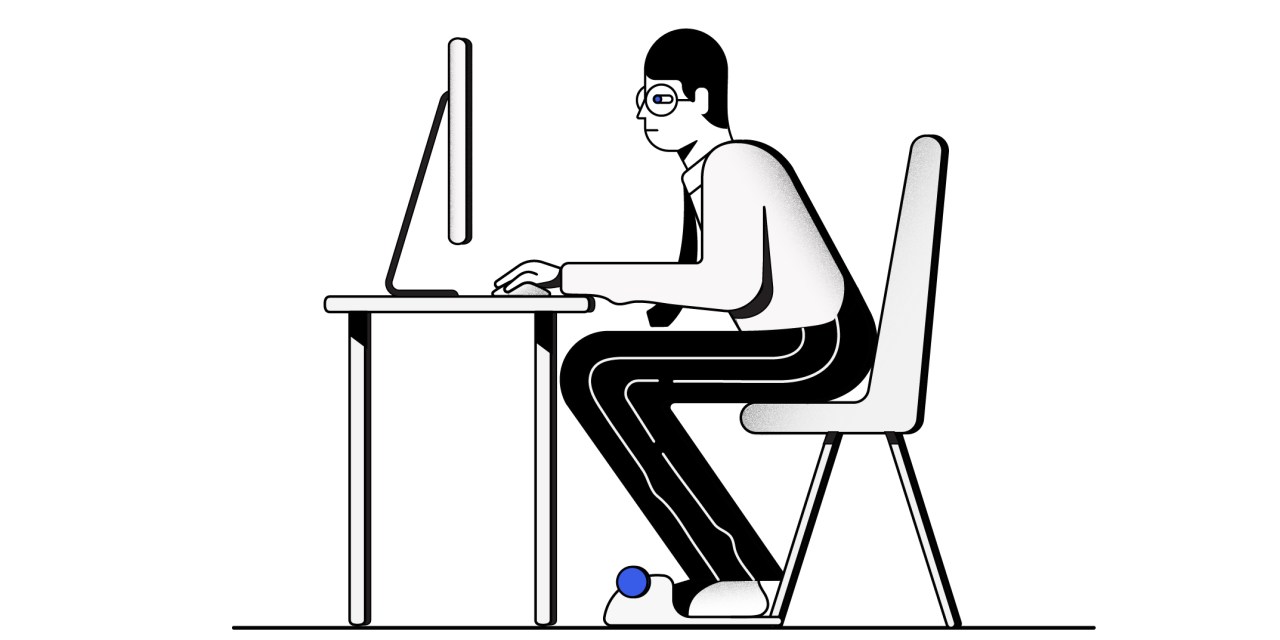Spotting red flags: Managers grapple with finding the right hires in virtual interviews

When the leadership of Brooklyn PR and marketing agency Lightspeed went looking for a vice president last year, they did what has become so common for companies seeking talent in the age of the coronavirus: After settling on the best candidates, they set up interviews with them via video.
One candidate, “Andy,” really stood out, crushed the interview and got the job — but as it happened, he was a terrible hire who ultimately didn’t last long at the company.
Looking back, there were red flags during that Zoom call, related Lightspeed’s CEO Ethan Rasiel. For one, the candidate was far too agreeable. “Everything was ‘Yes, I can do that’ or ‘Yes, I like that,’” he explained.
“At the time, we felt that this was an indication that Andy was a perfect fit. If you complete an interview not knowing a candidate’s weaknesses, they might actually be perfect — but more likely, they aren’t being forthcoming. Had we interviewed in person, we could have gotten to know Andy a bit better and learned more about his strengths and weaknesses,” added Rasiel.
While video interviews have become the norm and may have their attributes — enabling companies to widen their nets in the search for talent, irrespective of geography — there are those who argue that they simply are not the equivalent of a more intimate and revealing face-to-face interaction.
They can also be risky for the interviewer, as well as the job seeker. It seems as though every day there’s another story about a scam involving a virtual interview, where, for example, a candidate has another person feed them the answers to questions off-camera. The opposite is also true, as was the case of the con that tricked dozens of unsuspecting recruits into going to work for a phony company (“jobfishing,” it’s called).
Meanwhile, there is the growing problem of candidates simply failing to show up for scheduled video interviews — so much easier to do when you haven’t gone to the trouble of getting dressed up and traveling to an in-person meeting.
Despite his negative experience with Andy, Raisel still does virtual interviews, and he expects them to be a permanent fixture of the workplace far beyond the pandemic — even though, as he found out, extra scrutiny is advised.
“What can be lost is the chemistry check and an assessment of soft skills — what you would assess in person before and after the formal interview,” he said. Small talk, during which the interviewer gets to know the candidate better (and vice versa), can be every bit as valuable as the formal Q&A, he suggested, and “crucial to your hiring decision.”
“Virtual interviews might seem convenient for the interviewers and interviewees, but interviewers do not always have satisfactory experience in conducting virtual interviews,” said Daniel Cook, head of business development at the Dallas law firm Mullen and Mullen, who related his own experience in which, during a virtual interview, a prospect’s personality proved to be significantly different than it was in person. Despite their advantages, virtual interviews, he proposed, are “not worth the hype.”
Ashley Aagaard, head of people at the San Francisco-based advertising agency Argonaut, said she and her colleagues choose to focus on the benefits. “Much like virtual pitching, it’s forced all of us — both agencies and talent — to become more resourceful as well as more understanding of each other’s humanity,” said Aagaard, whose agency has worked with brands like Volkswagen and Shutterfly. While video interviews have revealed some “bad habits,” there’s an upside there, she argued, in that it allows for the recruiter to discern a right fit from a wrong one more quickly.
For his part, Phil Hatcher, head of marketing at Toronto-based Sprout Wellness, a mental health technology company, believes the pros of virtual interviews far outweigh the cons. “The ability to make interviews more accessible for those with disabilities, living in remote geographic regions, and those trying to navigate time off in their current role for interviews is an opportunity to attract more diverse talent from anywhere around the globe — something that improves every business,” he said. During the pandemic, his company has done all its hiring and events virtually, he related, something he expects to continue.
Technological advancements in video interview platforms will continue to reshape how recruiting is done, according to Dylan Buckley, co-founder of DirectlyApply, a job search platform headquartered in London. That includes not only live interviews but also one-way sessions, where questions are pre-recorded and job seekers are able to complete answers in their own time. Buckley pointed out a feature introduced by LinkedIn enabling candidates to create a video cover story. “This is just the beginning of a more video-focused job recruitment market,” he said.
Camille Fetter, founder and CEO of the executive search firm Talentfoot in Chicago, suggested that employers should approach interviewing strategies differently in the virtual world — to not only protect their businesses, but also to create a foundation that will enable eventual employees to thrive.
“Employers who pivoted their business models during the pandemic must also pivot their legacy thinking about the workplace in general, and that includes re-evaluating how they conduct interviews,” Fetter said. During virtual interviews, it is essential for employers to not talk at candidates but rather with them — that “small talk” Lightspeed’s Rasiel spoke of is key. “A two-way conversation provides opportunities for candidates to share and talk through what they can accomplish in the role and what their hopes are for their career trajectory,” she added.
And as bosses have had to become more empathetic leaders during the pandemic, so it goes in the interview process. As Fetter put it: “Employers who lead with empathy and vulnerability create the best outcomes for interviews by demonstrating to potential employees their aptitude for emotional support and that they truly care about their well-being.”
